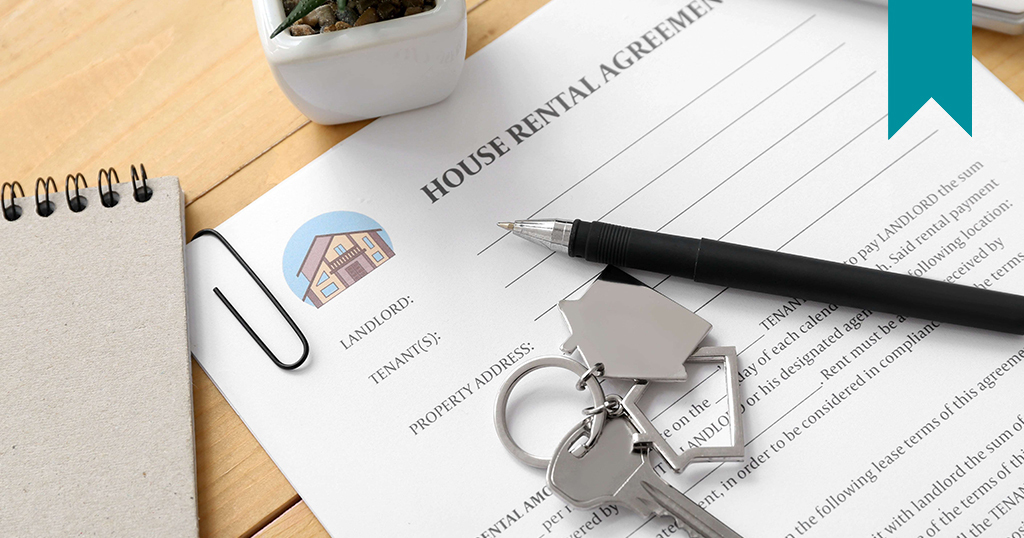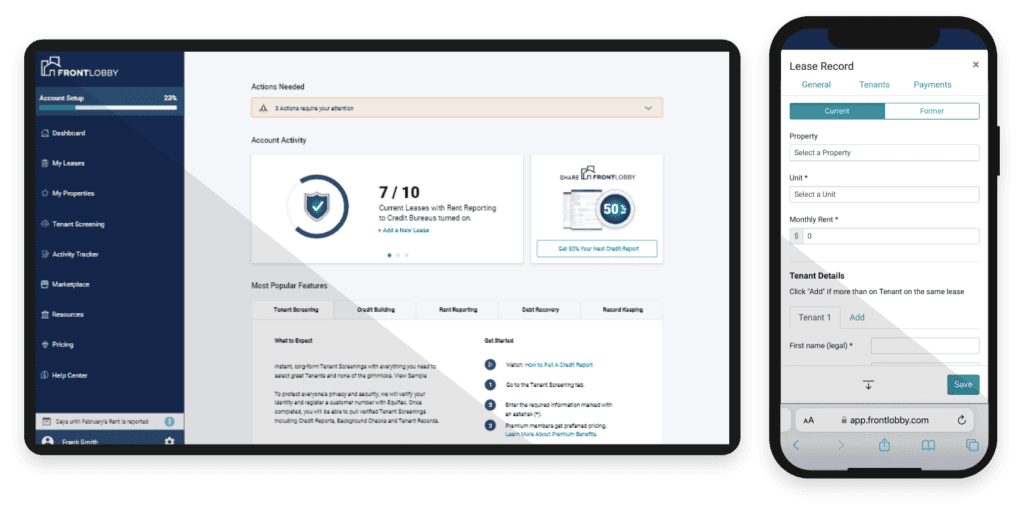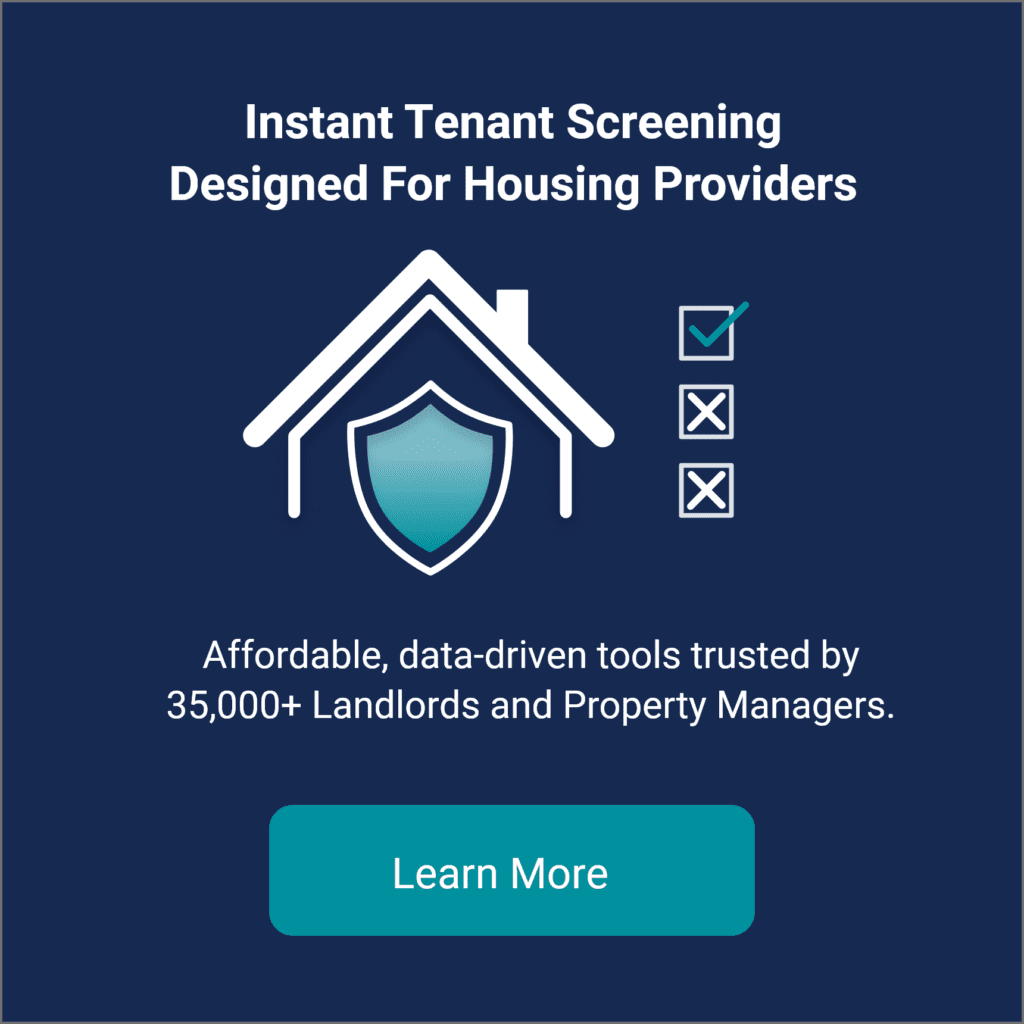How to Write a Rental Lease Agreement That Protects You as a Landlord
Draft a rental lease agreement that protects your rights and sets clear expectations with Tenants
- FrontLobby
- Published

Table of Contents
Why Every Landlord Needs a Strong Rental Lease Agreement
A Landlord needs a strong rental agreement because it outlines responsibility and establishes a clear measure of accountability. Lease agreements are instrumental as they provide a clear set of expectations in the Tenant-Landlord relationship. Consider the lease agreement a governing document, which is important in assisting the property manager in daily operations.
A well-structured rental lease agreement is one of the most important tools for protecting your investment. It provides clear terms that protect your property, minimizes risks, and ensure that your rights as a Landlord are upheld. It also outlines the expectations of a Tenant while occupying the property. Without this legal protection, you open up the possibilities of costly legal concerns including facing financial losses and otherwise avoidable disputes. A strong lease protects your property, your income, and your peace of mind, while detailed clauses help reinforce expectations and reduce risk.
What Is a Rental Lease Agreement?
A rental lease agreement is a binding contract that outlines the tenancy terms. This includes the date and time the agreement is set for, the rental amount, and ways to submit rental payments. A rental lease agreement also references any penalties for late payments or for violating the lease agreement. The rental lease agreement advises Tenants on what they can expect from the Landlord. It also advises the Tenant on the responsibilities they have to the Landlord. Simply put, the rental lease agreement is the terms of a Tenant and Landlord’s business relationship. The lease agreement should start with basic information that Tenants need to have access to at a glance. This information is overall what is important to maintaining the fundamental operations of an income producing property.
At its core, the legal role of a lease is to set clear, enforceable expectations between the Landlord and Tenant for a specific property. While the details may vary from state to state, the main purpose stays the same: a rental lease defines the rental relationship, sets boundaries, and creates rules that both parties are legally required to follow.
If you are a Landlord with properties in different states, maintaining and managing leases in line with varying state laws can be challenging. Establishing a solid lease from the outset is essential. Understanding state-specific laws is important, and these can often be addressed through a lease addendum, which is a supplemental document covering topics not included in the primary agreement. In navigating these complexities, the American Apartment Owners Association (AAOA) is a valuable resource, offering balanced and compliant Residential Lease Agreements tailored to accommodate varying state laws.
Key Elements Every Rental Lease Agreement Should Include
A strong lease agreement is the foundation of a successful Landlord–Tenant relationship. It protects your rental property, clarifies expectations, and minimizes disputes. Here are the essential elements every rental lease agreement should cover:
Names and Property Details
- Full legal names of all Tenants – list every adult occupant on the lease for proper records and legal accountability (specifics can vary according to the state).
- Rental address and unit description – for identification purposes to establish a clear and organized agreement.
Term and Rent Amount
- Fixed-term vs. month-to-month leases – specify the lease terms
- Monthly rent, due dates, grace period, and accepted payment methods – provide clarity on the amount due each month, whether grace periods exist, and precisely how payment can be submitted.
Security Deposits and Fees
- Security deposit amount, holding details, return conditions – include amount and terms in which it is held as well as when and how it’s released.
- Outline of additional fees (late fees, returned check fees, etc.) – having conditional fees already listed removes the dispute factors if they ever need to apply to a given situation.
Maintenance Responsibilities
Landlord vs. Tenant obligations – set the expectations for both sides of the lease. Being specific is a key factor in avoiding disputes.
Rules and Restrictions
Common rules like pet policies, smoking, guest limits, and subletting help set clear boundaries for Tenants. These rules can vary by state, so it’s important to outline them in the lease and explain what happens if they are broken.
Rent Reporting Clause
Rent Reporting is a valuable benefit for Tenants, and is allowed via the Fair Credit Reporting Act (FCRA) and the Fair Housing Act. But it needs to be clearly included in the lease. The lease should state that rent will be reported to the credit bureaus using a service like FrontLobby, and it’s a good idea to mention this on the lease application as well. Sharing this information upfront helps set expectations, can discourage problematic Tenants, and highlights the benefits of on-time payments for both Tenants’ credit and the Landlord’s rental relationship.
Legal Compliance and Framework
A rental lease agreement works within a legal framework that protects both Landlords and Tenants. It must comply with key federal and state laws. The agreement clearly outlines the rights and responsibilities of each party, sets rules for the property, and establishes what happens if those rules are broken. Following these legal requirements helps prevent disputes, reduces risk, and provides a solid foundation for a smooth and professional rental relationship.
Recommended Lease Clauses That Offer Extra Protection
A few lease clauses that are essential for reinforcement and virtually nonnegotiable are:
- Rent Reporting – provides transparency to Tenants considering the reporting covers both on-time and late payment reporting.
- Property entry rules – this is very important as it provides Tenant protection while still maintaining Landlord access.
- Lease renewal and termination procedures – set clear expectations on the way a lease continues after the initial lease agreement ends.
- Use of property restrictions – clear property usage sets expectations and allows accountability for misuse.
- Early termination clause – because life happens, but financial risks must be discussed.
Final Tips for Drafting and Enforcing a Strong Lease
There’s no replacement for a clear, well-written lease. A good lease template that is easy to understand, tailored to your property, and follows local and federal laws sets clear expectations for both Landlord and Tenant. Make sure every page is signed or initialed, keep copies in both digital and paper form, and enforce the lease consistently. For Landlords interested in Rent Reporting, services like FrontLobby can help show the benefits of reporting on-time payments for your business.
Disclaimer
The information provided in this post is not intended to be construed as legal advice, nor should it be considered a substitute for obtaining individual legal counsel or consulting your local, state, federal or provincial tenancy laws.
Did You Enjoy This Article?
Then You Will Love Our Newsletter


